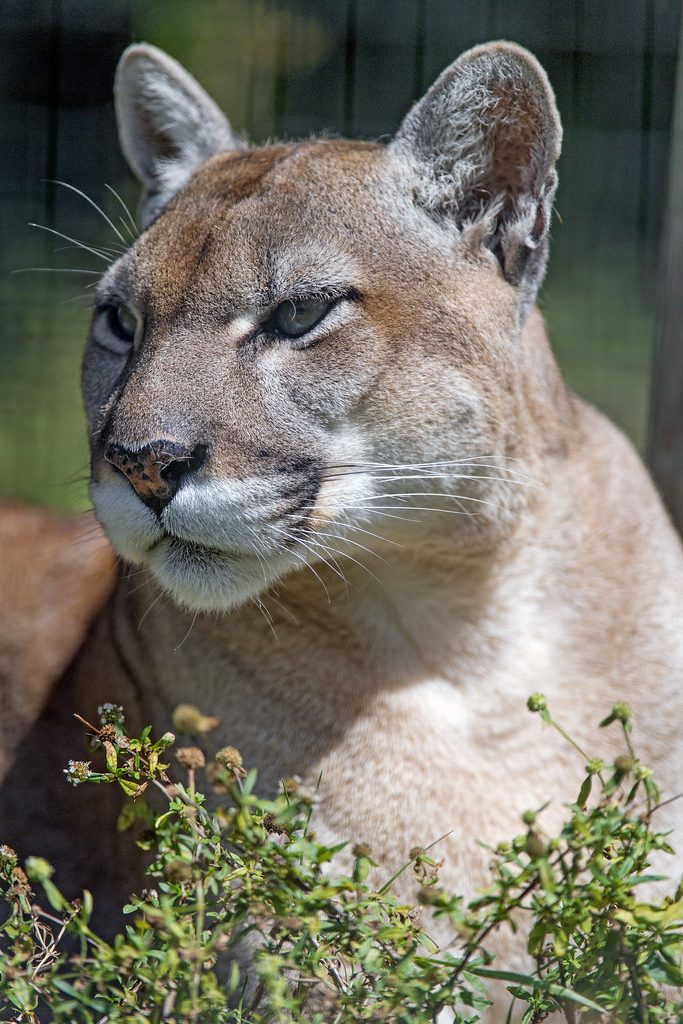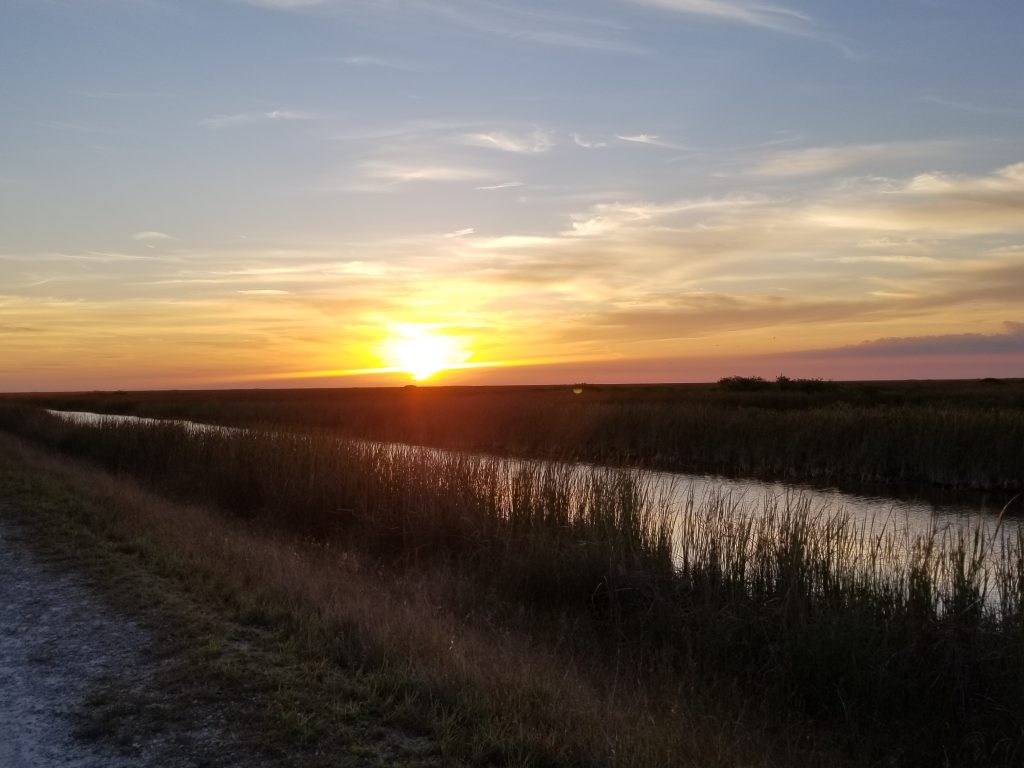Florida is a state rich in a natural diversity of plants, animals, and ecosystems. Our panthers, bears, birdlife, and the entire suite of native species requires proactive steps to ensure their long-term viability. Encompassing nearly 66,000 square miles, this state is home to an enormous diversity of species that live in varied land and water habitats.
Wildlife Conservation
Threatened, endangered, and at-risk species in Florida
In our rapidly growing and developing state, permanent land protection is critical to our quality of life, economic vitality, recreation, and environmental sustainability. Since the 1960s, FWF has advocated for the state’s land conservation programs; today approximately 28% of our land base is under some type of protection. These include our three national forests, our military bases, our Wildlife Management Areas, parks, and preserves. Local and county programs have also saved their special places for their citizens. Even with this success, we must continue this effort as new developments and roadways arise and isolate existing natural areas.
FWF is a strong proponent of the use of conservation easements. These voluntary easements permanently protect the land but keep it in private ownership.
We were the principal organization in changing the Florida Constitution to give financial benefits to private landowners who conserve their land with an easement, and several hundred thousand acres across the state are now protected in this manner.
When our present statewide program, Florida Forever, which was once the most ambitious such enterprise in the world, was de-funded by the Legislature we supported the successful Water and Land Legacy Constitutional Amendment to increase funding. Even as 75% of voters approved of this Amendment, the Legislature did not do as their constituents directed. FWF is therefore in court over this important source of funding. Florida Forever and its predecessors have saved over 2.5 million acres to date.







